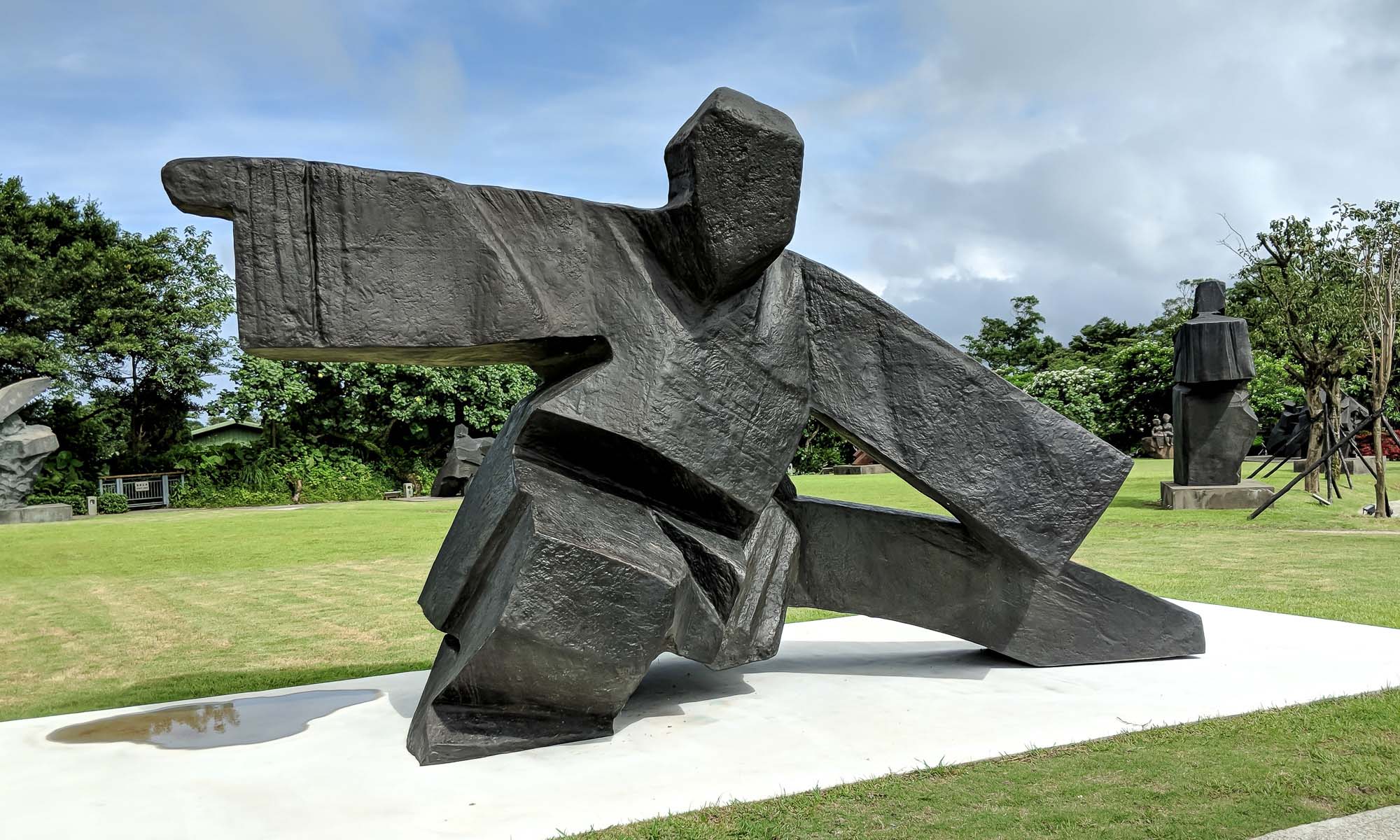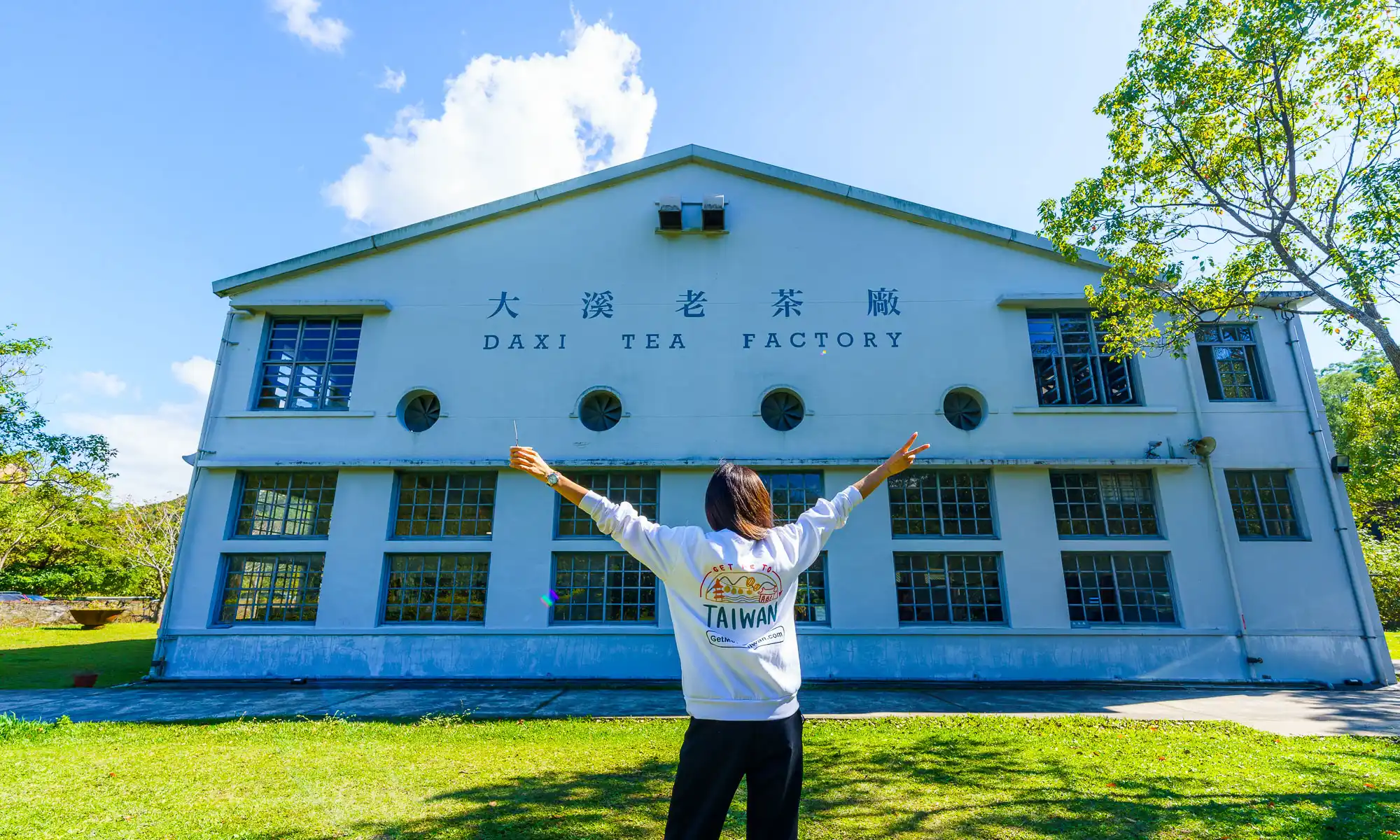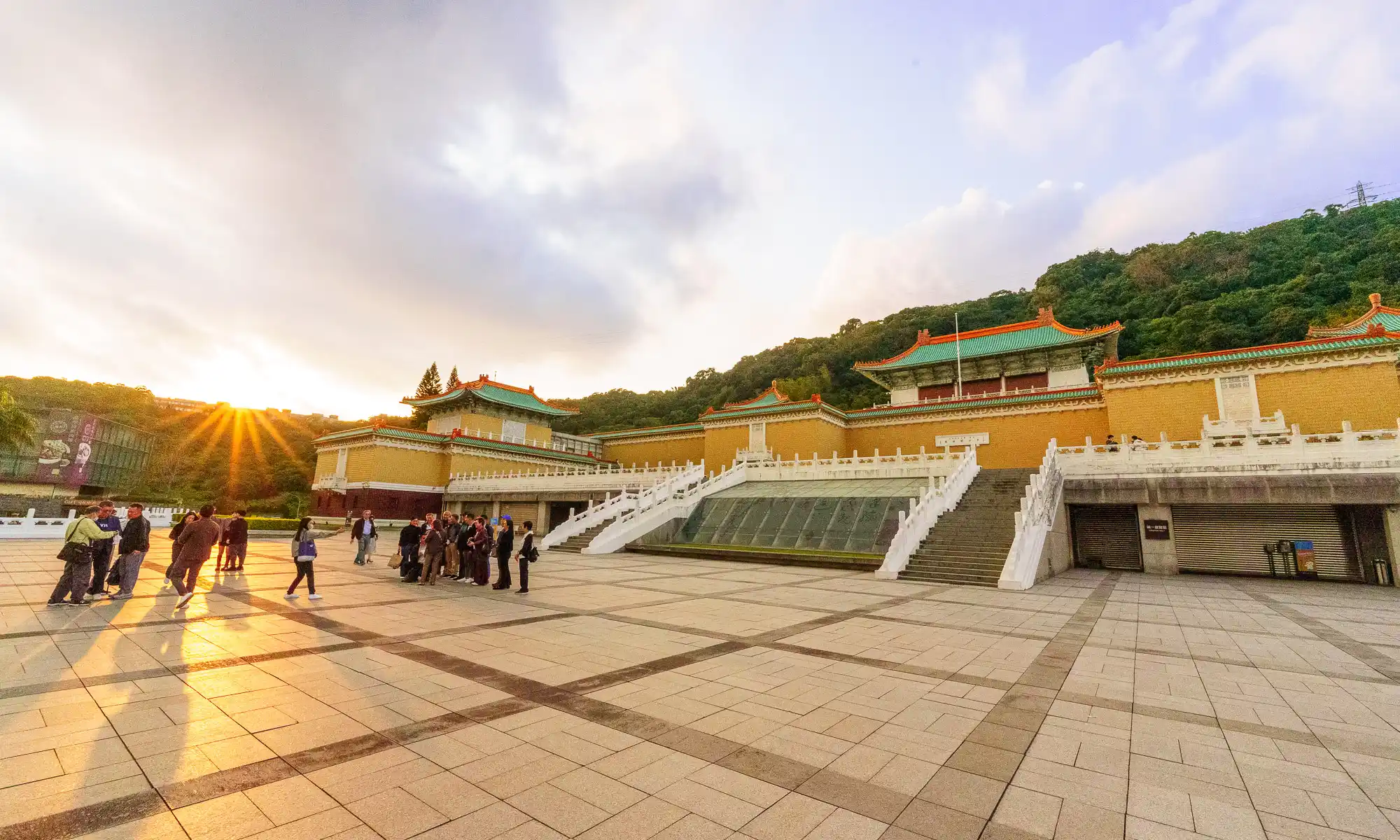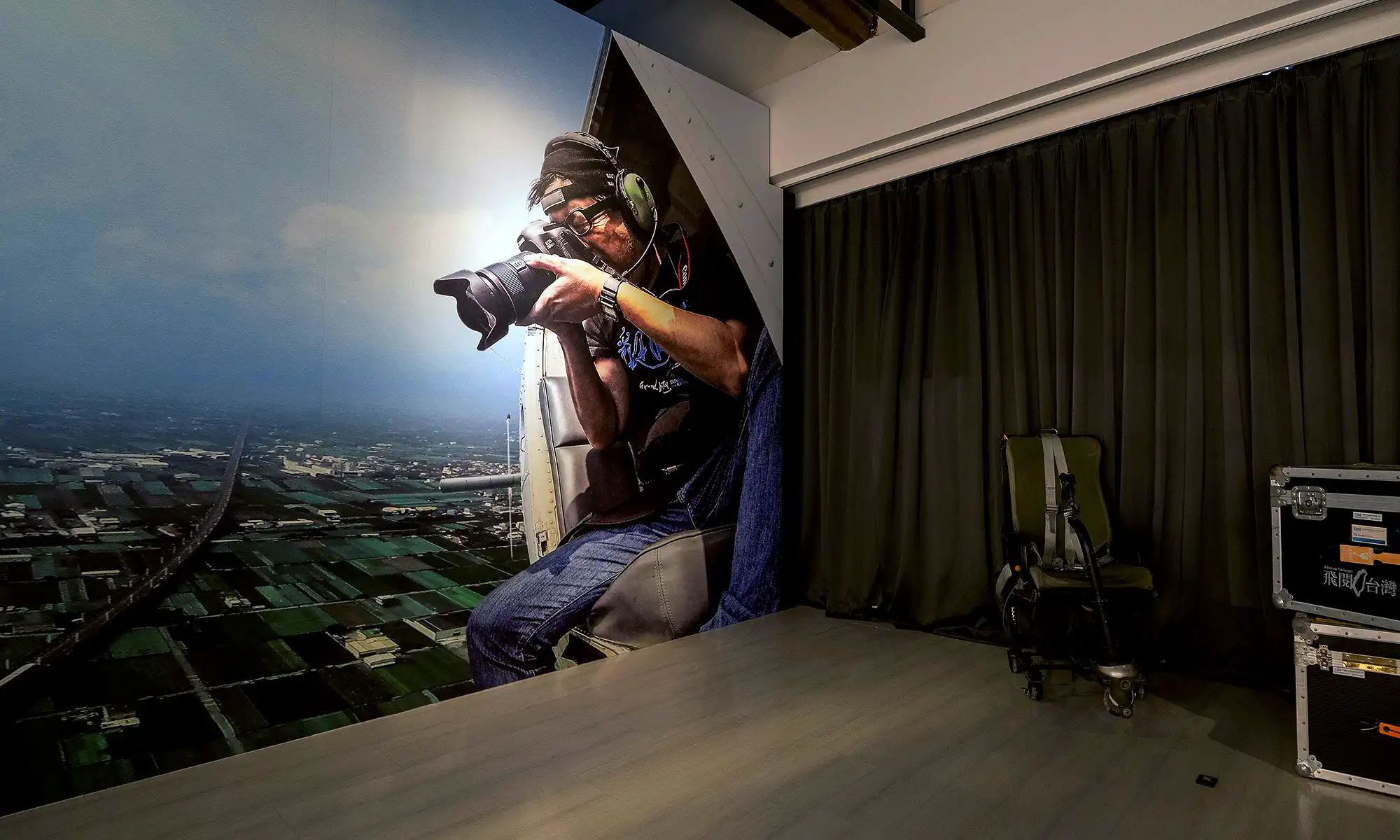JU MING MUSEUM
Ju Ming, today one of Taiwan’s most prominent modern sculptors, started his artistic journey as a simple woodcarver. While still in his 20s, the downfall of his woodcarving business resulted in devastating financial hardship. He resolved to abandon the craftworks business, and devote himself to the pursuit of his dream of becoming an artist. At the age of 31, he started to apprentice with famed international sculptor, Master Yuyu Yang’s.
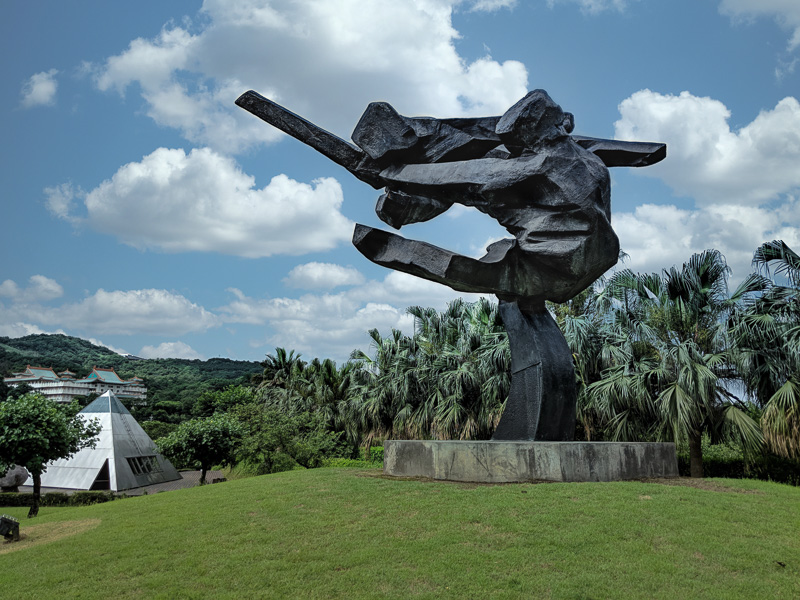
Yang recognized Ju’s immense talent and humility early on, and went above and beyond to mentor the young artist. At Yang’s encouragement, Ju Ming began to integrate inspirations from everyday life into his art. His art began to embody a metaphysical bond between the natural environment and human beings; the idea of being “one with the universe”, and it was this element, which became the catalyst of Ju’s success.
Yang also encouraged Ju to take up Tai Chi as a self-care exercise. The influence of Tai Chi on his artwork can be seen in his sculpture “Single Whip”, which uses clean, but strong lines to embody the strength of bending knees with explosive upward energy. This original bronze sculpture has been a part of Japan’s The Hakone Open-Air Museum’s collection since 1986.
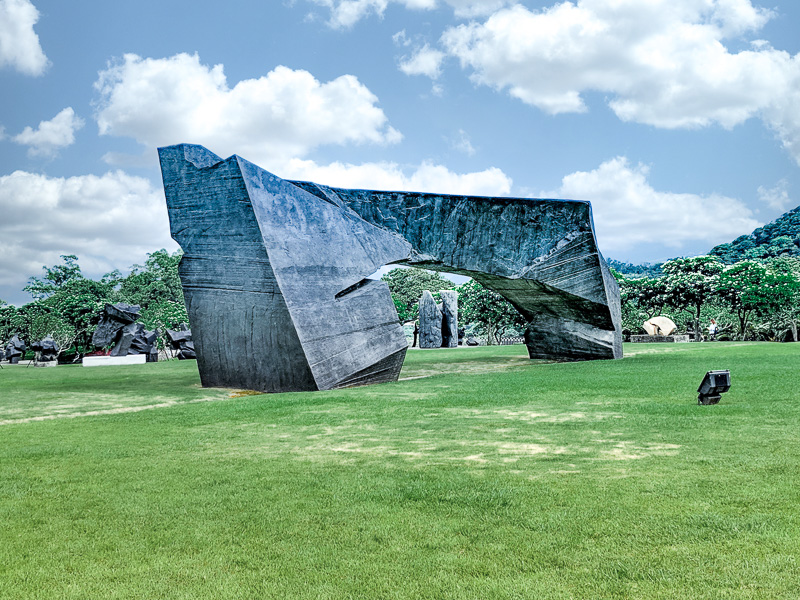
It was also Yang who paved the way for Ju’s very first solo exhibition at the National Museum of History in Taiwan. His early piece, “In One Heart,” embodied a hard-working farmer fighting an uphill battle alongside his buffalo. This artwork garnered massive attention and served as the springboard for the artist’s impressive career.
In the 80s, Ju Ming’s studies in New York led him to another artistic breakthrough. He created the “Living World Series,” in which he freely expressed his keen observation of people and everyday life. While the sculptures in this series differ in raw material used, a unifying theme is the simplicity of their facial features: all are expressed with simple lines. The series is well-known for a sense of movement, as well as the detail of accessories and outfits of his objects.
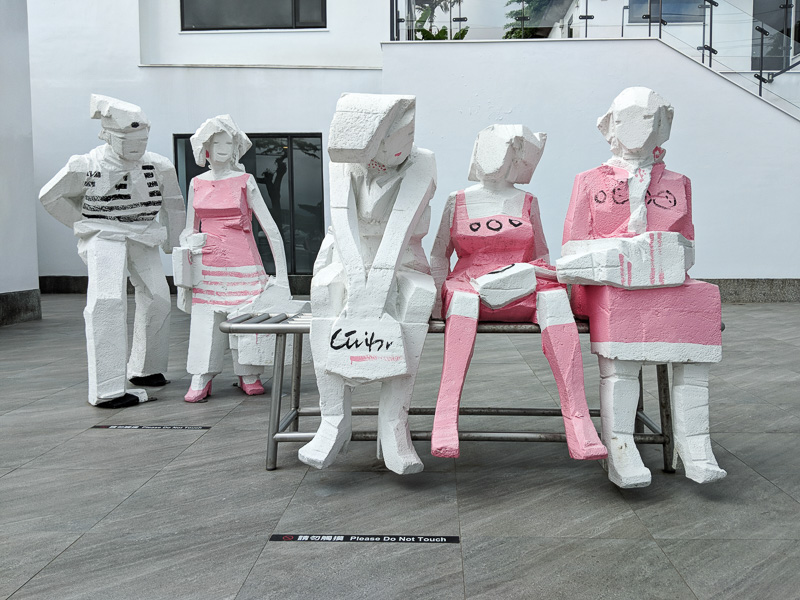
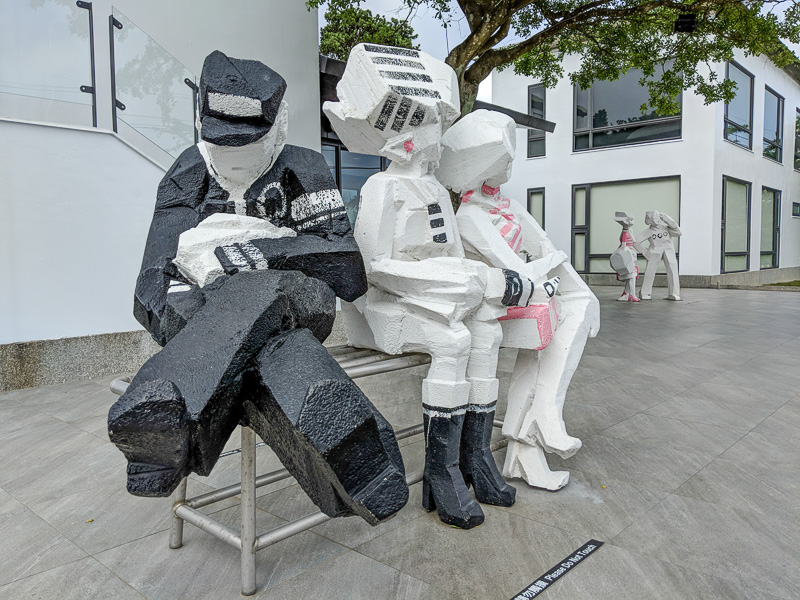
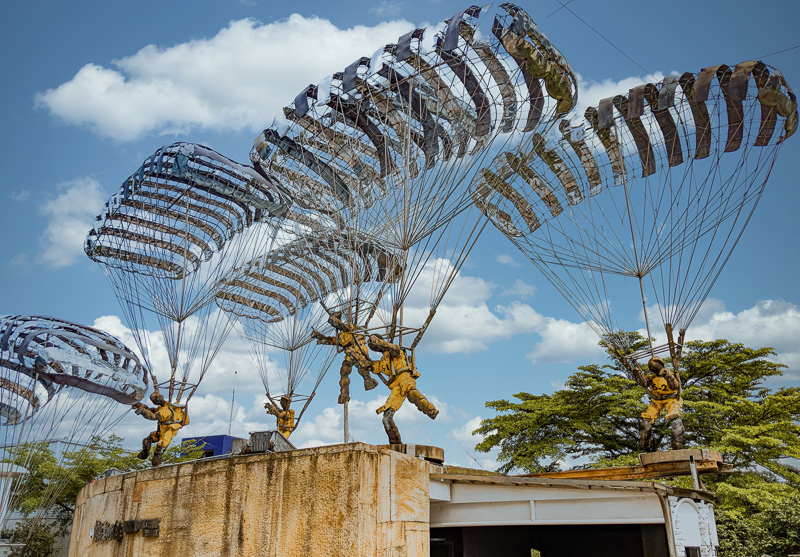
The Ju Ming Museum was established by the artist himself with the goal of displaying his work without outside influence. It is the biggest outdoor museum in Taiwan and features over 600 of the artist’s sculptures. Every piece at the museum embodies the interaction between people and their surroundings – some sitting, some standing, or squatting and jumping. The museum’s harmonious fusion of nature, art, architecture, and humanity make this a must-visit for art and philosophy enthusiasts.
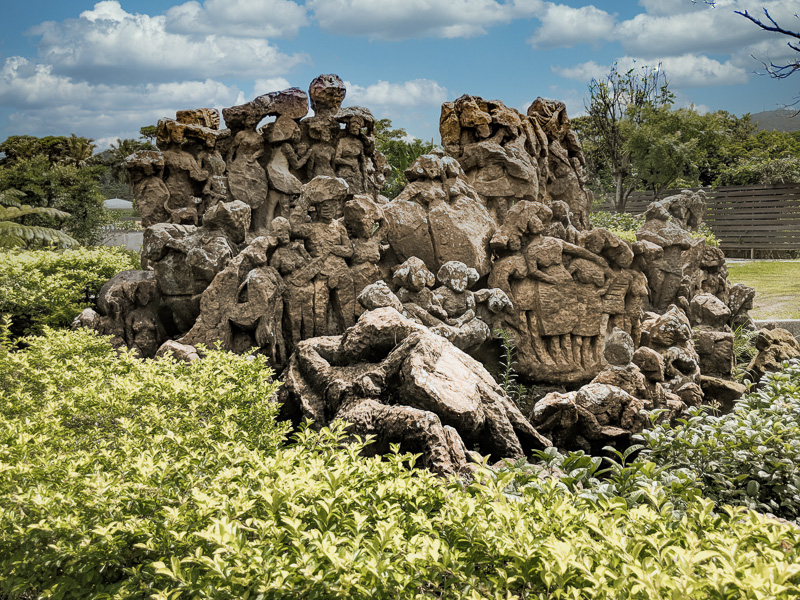
Fans of the Ju Ming Museum’s modern architecture could consider making the trip to Kaohsiung to check out the avant-garde architecture of National Kaohsiung Center for the Arts Weiwuying, which has also received dozens of design awards.

